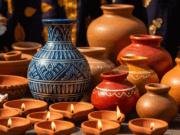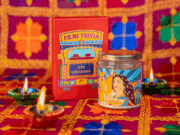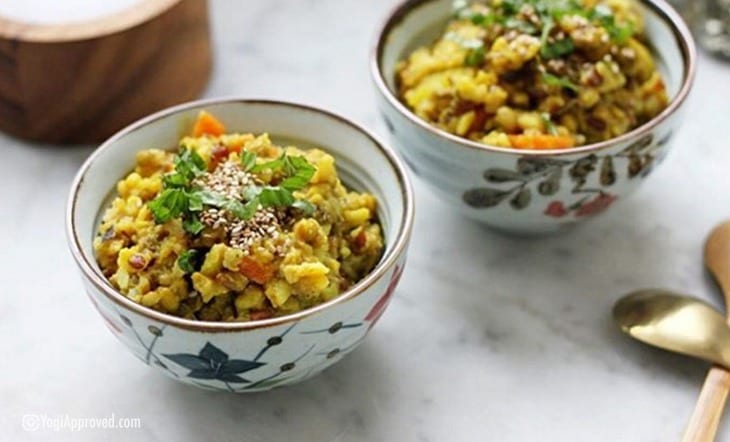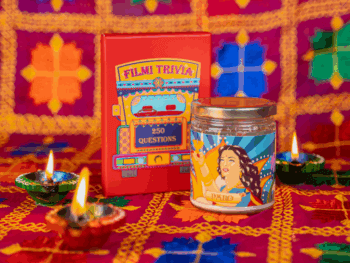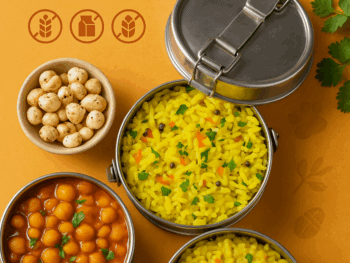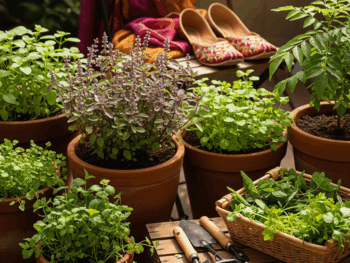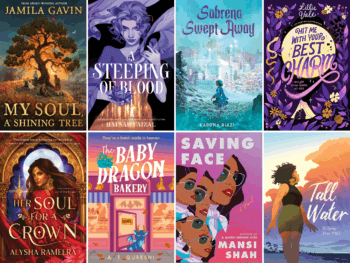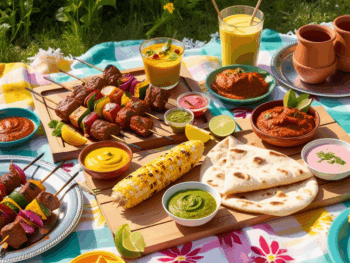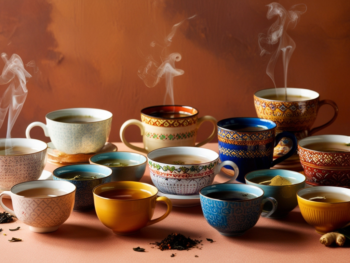It’s probably one of the most coveted comfort foods in our Desi cuisine. But did you know that Kitchari is packed with nutrients that your body needs? We’ve got all the goods on the Kitchari here (including doing a Kitchari cleanse!). So go ahead and kickstart your healthy ways with a solid bowl of Kitchari!
When it comes to super-foods for our health, there’s lots of new information out there, but do we always need new ideas? Sometimes, old is gold! Kitchari, the ancient, Ayurvedic, Indian meal, is a prime example of food gold; packed with health benefits, it’s remains relevant (even Martha Stewart and Gwyneth Paltrow have talked about it), and here are the reasons why kitchari will never go out of style!
On the journey to optimal health, all of us have our own, unique paths driven by different purposes. When it comes to health, there’s no “one size fits all” approach, which is one of the reasons there are so many different strategies and suggestions available. Some people prefer guidance from medical doctors, some from holistic practitioners, some prefer to make health choices based on their own inner wisdom and some may prefer to integrate a few options. Whatever method you prefer, it’s important to listen to what feels right and comfortable to your body.
Listening to your body at times can feel easier said than done and it’s partly because there’s so many health fads on the market. It can feel overwhelming to decipher what super-foods to eat and or which cleanse to try. We are here in hopes to make it a little easier!
Read below to learn more about the staple, Indian dish, Kitchari, including some of its health benefits. To clarify, we are not sharing kitchari as a prescription to remedy any health challenges (we are not Doctors). Our intention is to support your education by sharing information (and a kitchari recipe), that may help you decide if it’s a food to include in your health journey.
So, What Is Kitchari?
A versatile dish that can be eaten as a one-off meal, used for a mild cleanse or a more intense detox, Kitchari is a traditional, Indian food that means “mixture.” With origins in Asia during ancient times, there’s no exact date the recipe came about but it’s believed to be over 5000 years ago. Kitchari is a key component in the Ayurvedic lifestyle (but you do not have to follow an Ayurvedic diet to benefit from it).
Kitchari is soft and has a porridge like consistency, making it suitable to eat at all ages (South Asian households often introduce it to babies).
Though the recipe can (and is) adapted in several ways (with different grains and/or vegetables), the classic dish contains a mixture of rice and Mung beans (the mung beans can be green or yellow, split or whole).
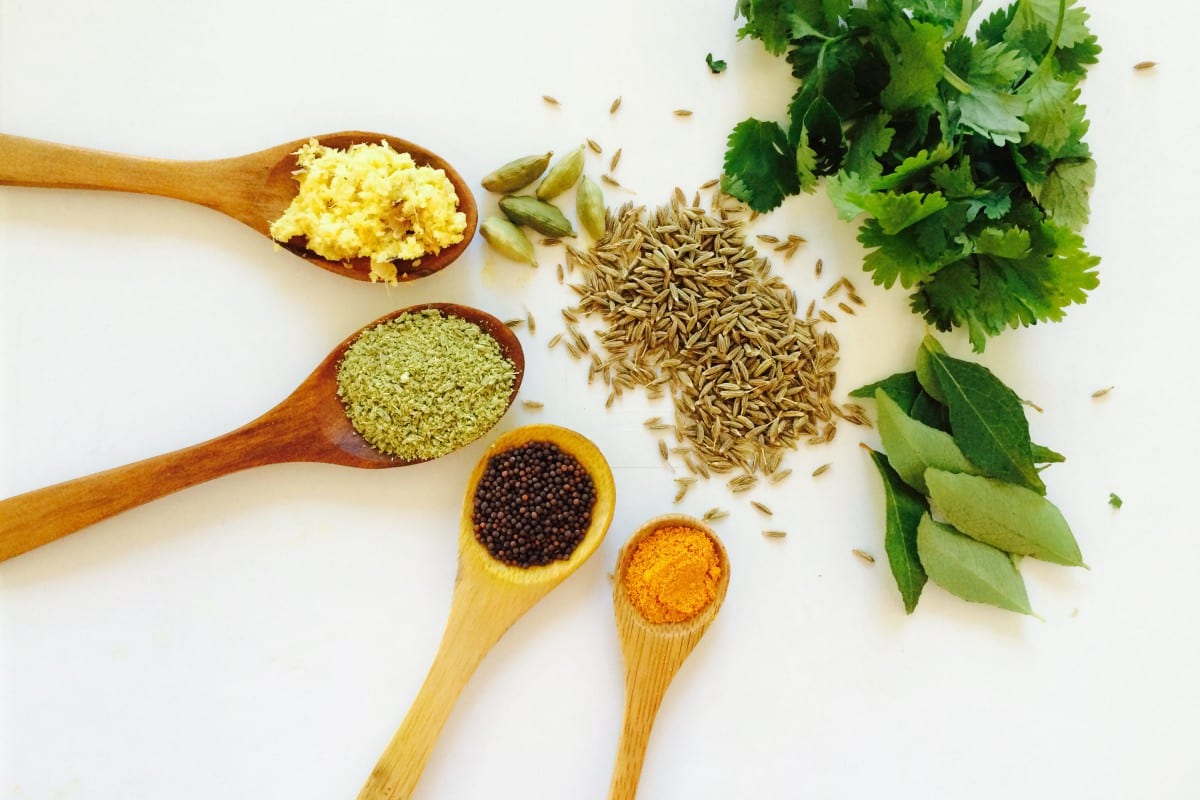
Why Eat Kitchari?
Kitchari is believed to have several health benefits some of which include:
- It’s easy to digest
- It’s packed with a high protein content
- It’s full of fiber
- It’s a source of calcium (good for our bones) has Vitamin C (to help maintain our immune system) and Vitamin B
- It’s affordable; the ingredients are not too pricey
- It’s suited for all dietary preferences (including vegan) and considered a balancing food in Ayurveda, making it appropriate for all body constitutions.
- It has a dry, astringent quality which enables it to help remove toxic buildup from the intestinal lining and helps move those toxins out of the body (due to the fiber content mentioned above).
- It is low in sugar and fat
How Do You Make Kitchari?
We suggest starting with the simple, plain Kitchari recipe from the highly popular, Ayurvedic Physician, Vasant Lad. It’s the simplest version out there but good to start with so you can determine what other flavors and/or spices you want to add (this version is also vegan, it does not involve ghee).
The total preparation time is about 30 minutes and you’ll need a medium-sized pot with a lid.
Ingredients:
- 1 Cup mung dal (yellow but you can also use green if yellow is unavailable)
- 1 Cup basmati rice
- 1 Small handful of chopped, cilantro leaves
- 6 Cups of water
Instructions:
- Using plenty of water, thoroughly wash the mung dal and rice (at least twice).
- If time permits, let the mung dal soak for a few hours before cooking (this further supports digestibility
- In a pot, add the water and all ingredients.
- Bringing the water to a boil, leave it uncovered for about 5 minutes, stiring it occasionally.
- From there, put a lid on the pot (leaving it slightly ajar), turn to low heat and cook until tender (aim for a porridge like consistency).
- Serve warm and enjoy!
On Vasant Lad’s, Ayurveda website, you’ll find adapted versions of the plain recipe to jazz it up with different vegetables and spices (if you’re focused kitchari as a one-off meal, you can also get playful and experiment on your own but for cleansing, best to use the plain version).

What’s A “Kitchari Cleanse”?
A “Kitchari cleanse” is based on a mono-diet, (which involves only one food being consumed to help our digestive system).
A “Kitchari cleanse” is a mild version of the traditional (and more intense) Ayurvedic, Kitchari detox (called Panchakarma). This mild version can be done at home but if you’re interested in the longer, traditional, Panchakarma, it should be completed under the guidance of an Ayurvedic practitioner and/or at a retreat center (as it also includes special, Ayurvedic body treatments to facilitate the detox process and generally the meals will be cooked for you).
A few adaptions of the 3-day, a Kitchari cleanse can be found online but we like this version — it’s easy to follow, requires minimal equipment and adds a few elements to the plain Kitchari recipe (e.g. ghee) so check it out before you start any cleansing!
Main Image Photo Credit: www.yogiapproved.com
Rachna Sethi
Author
Rachna (@thesassyspiritual) is a graduate of the Applied Mindfulness Meditation program from the University of Toronto, a certified Educator with two bachelor degrees and a diploma in Art Therapy. She's dedicated to living with a compassionate approach. Committed to helping people integrate Mindfuln...






